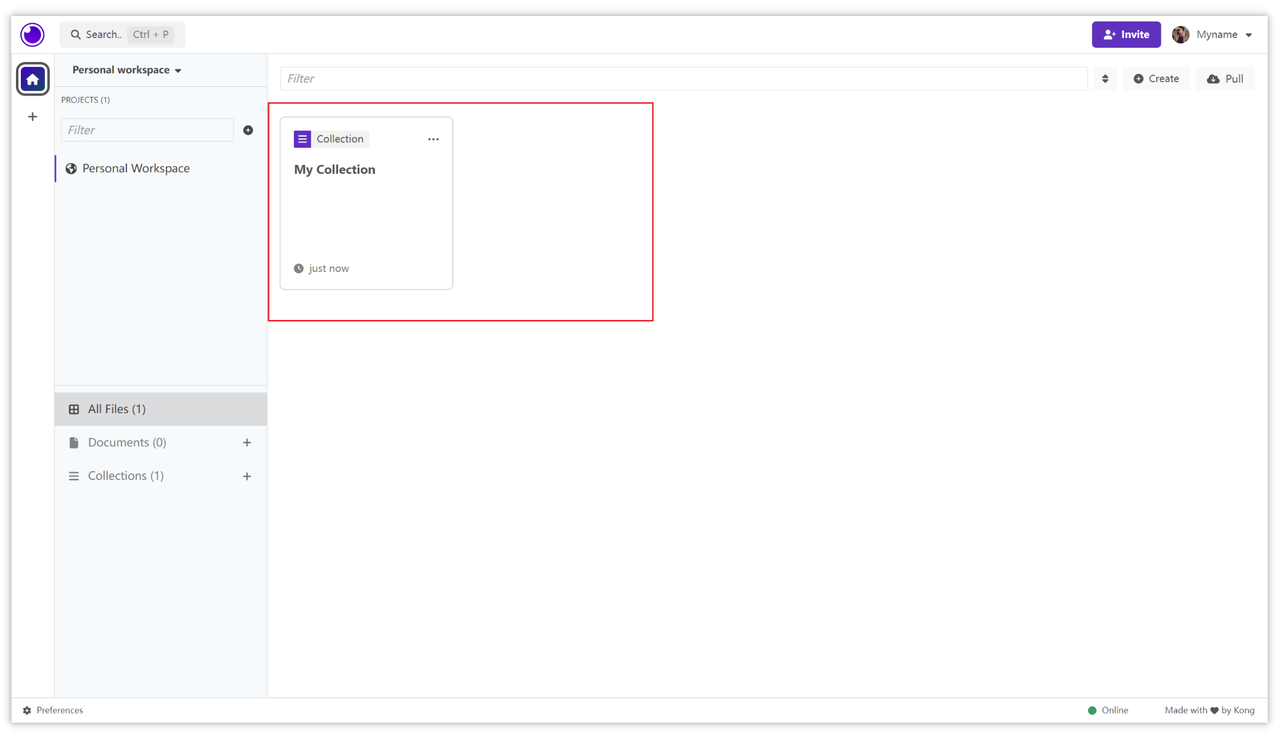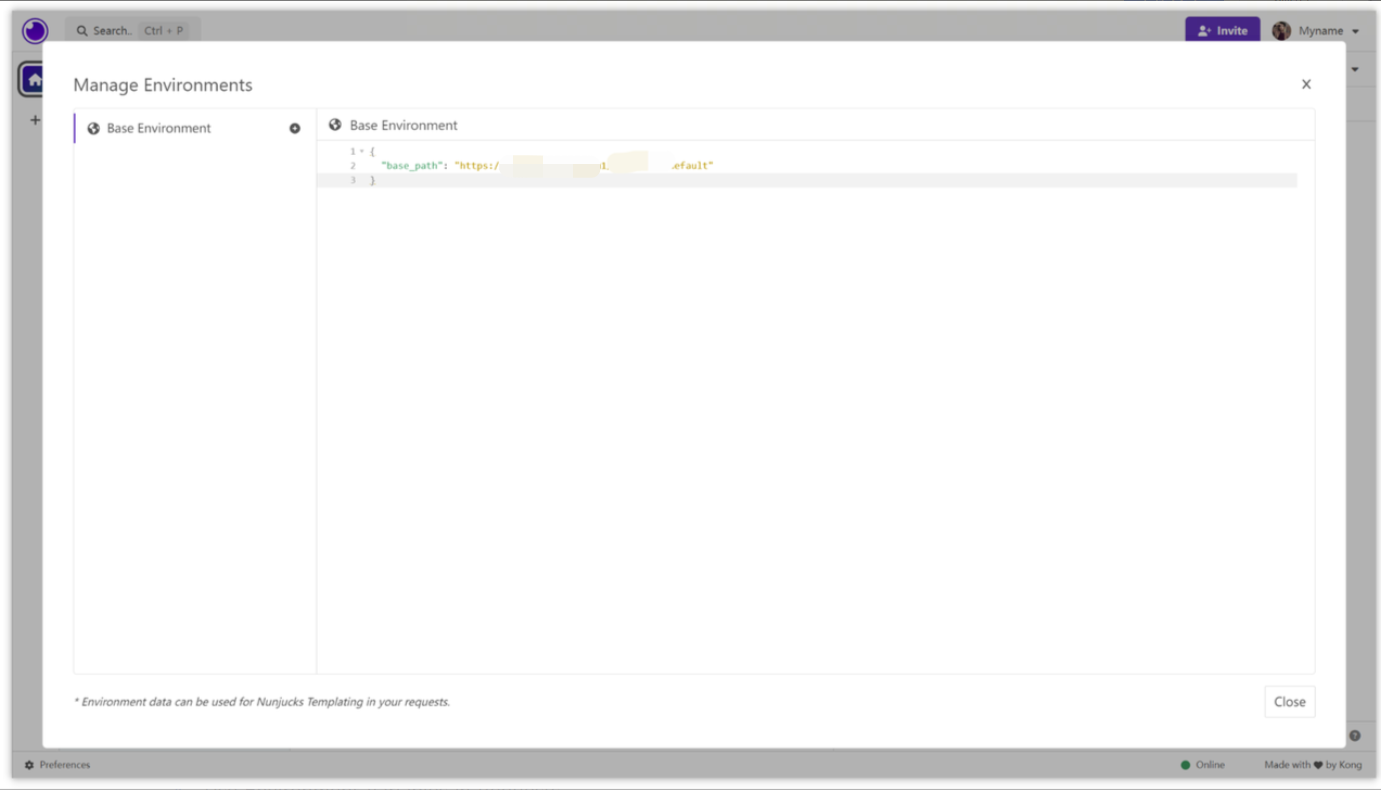How to Set Environment Variables in Insomnia?
Environment variables in Insomnia are crucial, as they help facilitate switching between different environments for testing and deployment. The setup steps include opening Insomnia, navigating to environment settings, adding environment variables, and referencing them in requests.
Insomnia is an open-source API testing and debugging tool, and environment variables are an essential part of the interface debugging process, facilitating many tasks. This article will provide a detailed guide on setting up environment variables in Insomnia, enabling more efficient API testing and development.
Why Set Environment Variables in Insomnia?
There are several benefits to setting environment variables in Insomnia. Firstly, it helps in managing and reusing commonly used values such as API base URLs, authentication keys, etc. Secondly, by using environment variables, it becomes easy to switch between different environments, such as from a development environment to a production environment. This makes testing and deployment processes more manageable.
Steps to Set Environment Variables in Insomnia
Now, let's look at how to set up environment variables in Insomnia.
1.Open Insomnia
Firstly, open your Insomnia application and create or open a workspace. If you don't have a workspace yet, you can create a new one. If you already have one, open the existing workspace.

2.Navigate to Environment Variable Settings
In the Insomnia interface, locate and click on "Manage Environments" in the left menu.

3.Add Environment Variables and Save
The environment in Insomnia is a JSON object containing key-value pairs of data to be referenced. In the environment variable management interface, you can edit the base environment by entering the variable name and value you want to set. For example, if you want to reference the base URL of an interface using an environment variable, your JSON could be written as follows:
{
"base_path": "https://zguyun.com"
}
4.Use Environment Variables in Requests
Once environment variables are set, you can easily reference them in Insomnia requests. For example, if you want to use the environment variable set above in the request URL, simply use the format {{base_path}} in the URL, and Insomnia will automatically parse it. Similarly, you can reference environment variables in headers or the request body.

Conclusion
In the process of interface debugging, environment variables in Insomnia are crucial, as they help manage common values effectively and facilitate switching between different environments for testing and deployment. The setup steps include opening Insomnia, navigating to environment settings, adding environment variables, and referencing them in requests.

Learn more:
- How to export and import environment variables in Insomnia?
- How to Export and Import Interface Files (Collections) in Insomnia?
Learn more:
- How to copy an array in JavaScript (deep copy, shallow copy)?
- How to find the intersection of two arrays in JavaScript?
